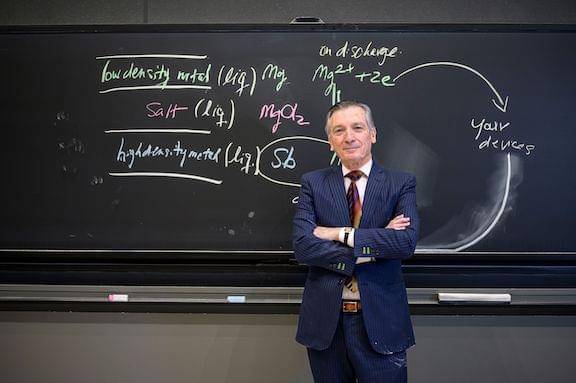Thank you to Squarespace for sponsoring today’s video! Head to https://www.squarespace.com/anna to save 10% off your first purchase of a website or domain using code ANNA
Create your dream life guidebook: bit.ly/ManifestingWithAnna thank you for your support! https://patreon.com/annaakana connect.
Instagram: https://www.instagram.com/annaakana.
Twitter: http://twitter.com/annaakana.
Facebook: https://www.facebook.com/annaakana.
Spotify: https://spoti.fi/2MvmYjE
Shot by John Lee.
http://instagram.com/johnleestills grip — Melissa Gasca.
http://instagram.com/meliseeta sound — Jason Mobley edited by Ben Chinapen.
https://twitter.com/BenChinapen gfx by Bethany Radloff.
http://youtube.com/bethberad





